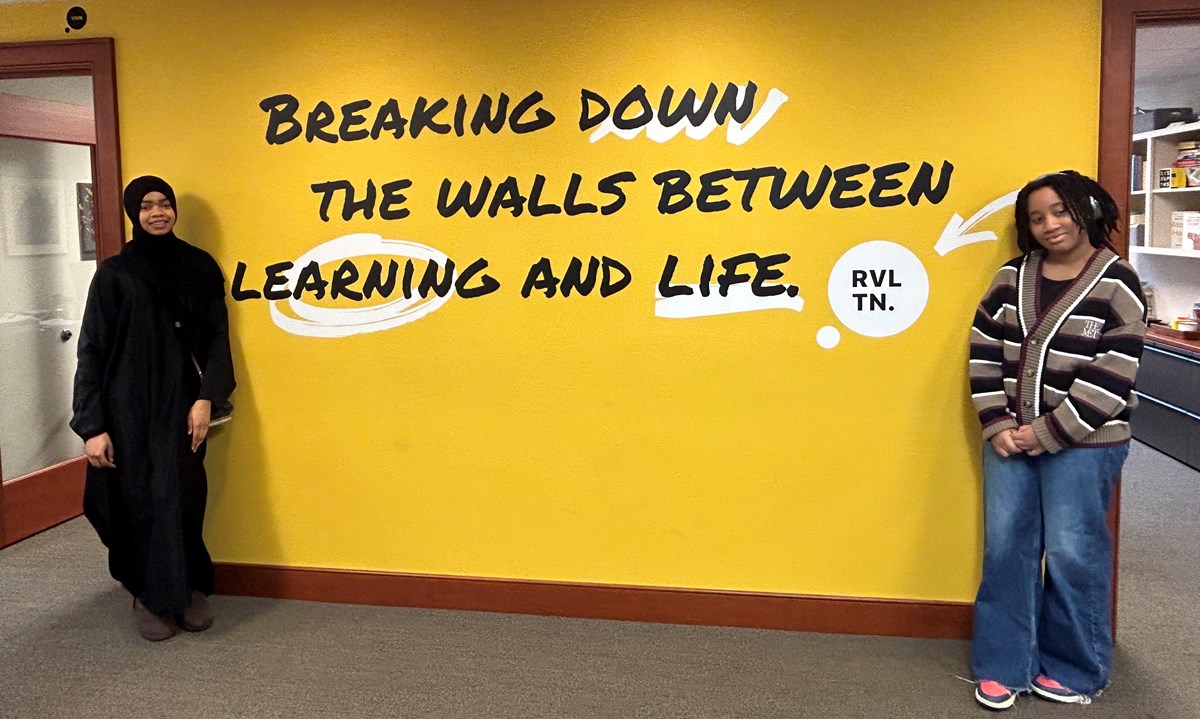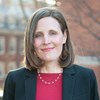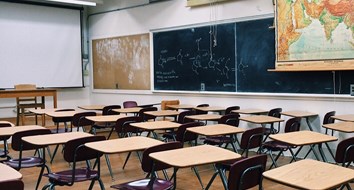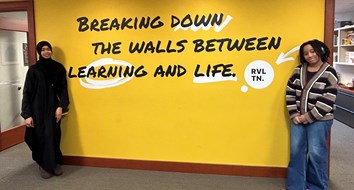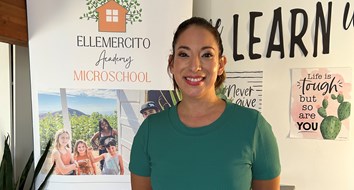In 1967, the Philadelphia Public Schools launched the Parkway Program, widely known as the “school without walls,” that enabled young people to have greater freedom and flexibility over what and where they learned. Various community partnerships were formed with businesses, museums, cultural centers and universities, and classes were held in these locations as students became fully immersed in learning in and from their city. The program was so innovative that, in 1970, The New York Times called it “one of the nation’s boldest experiments in public education,” noting that over ten thousand students applied for only five hundred available slots.
As with many in-system education innovations that begin with great promise and possibility, the Parkway Program eventually became reabsorbed into the larger public school system, losing its experimental edge.
Today, intrepid educators continue to try to make change within the traditional schooling system, but increasingly entrepreneurial teachers and parents are working outside the system to create innovative, accessible K-12 learning models that push beyond the four walls of a conventional classroom—literally and figuratively.
One such program is Revolution School, a private, accredited high school located in a downtown office building in Philadelphia that draws students from more than 25 zip codes across the city. “Zip code diversity is really important to us,” said Gina Moore, who founded Revolution School and hosts it within her investment advisory firm’s Center City office building. The school opened in 2019 with a small freshman class and today has 31 students in ninth through twelfth grades, with grade-mixing a common feature.
According to Moore, only five students pay the full $25,000 tuition, which is almost half that of traditional, secular private high schools in Philadelphia and comparable to the annual per pupil expenditure of the Philadelphia Public Schools. Most students pay nearer to the $5,000 lower rung of the tuition scale, with several students further off-setting the cost through private scholarship-granting organizations.
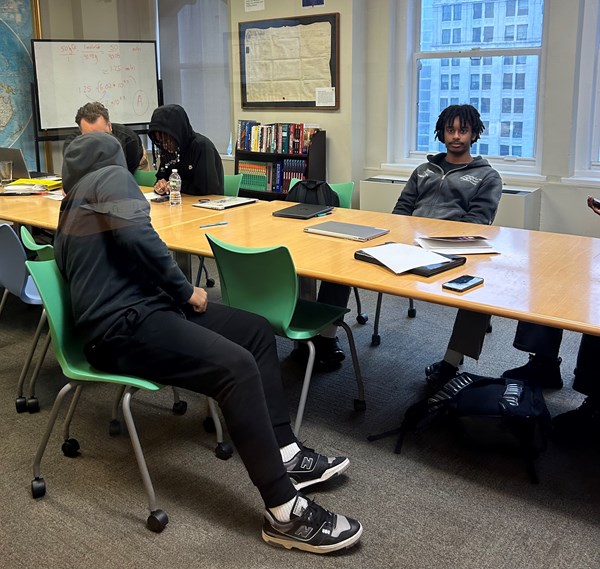
Diversity and accessibility are key priorities for Revolution School, which emphasizes rigorous, albeit personalized, academics, college and career advising and, most importantly, connection with the larger community beyond the office building. “We are breaking down walls between communities and classrooms,” said Moore, who noticed that many of the college graduates she interviews have stellar grades and prestigious credentials, but “they can’t communicate or collaborate well with their teams.”
Revolution School focuses on meaningful internships where students, known as “Rev-terns,” partner with local businesses to learn workplace skills and gain valuable experience. Students also take advantage of dual enrollment opportunities at the nearby Community College of Philadelphia, accumulating college credits while being mentored by Revolution School teachers.
“That’s how we can push more to the middle of the tuition range, around $15,000 per student,” said Moore, whose goal is to leverage community resources to lower tuition costs. For example, Moore explained that if students take calculus at the community college then the school doesn’t need to hire a calculus teacher and current teachers can guide students through their calculus work.
When I visited Revolution School earlier this week, I spoke with students about their experience in this innovative learning environment. Tasneem, 18, was part of Revolution School’s founding class and graduated in 2023. She said she attended private Islamic schools in Philadelphia through middle school and her mother was attracted to Revolution School’s immersive, individualized vision. “I met a lot of people throughout the city and had so many opportunities,” said Tasneem, who is enrolling in nursing school this fall with plans to become a nurse anesthetist.
Another student explained how personally transformative attending Revolution School has been for her. “I didn’t get a lick of the opportunities there that I have here,” January, 14, said of the Philadelphia charter schools she attended before joining Revolution School this year as a freshman. “I feel really seen here. Last year, I felt like a background character, like I had no voice,” she said.
Student stories like these are what motivate Moore and her team of experienced educators to look for ways to grow Revolution School to include more students, while retaining the small learning community that fosters personalization and relationship-building. Moore would also like to see more members of the business community join the microschool bandwagon and create these small schools in their office spaces, which today have high vacancy rates as remote-work becomes commonplace.
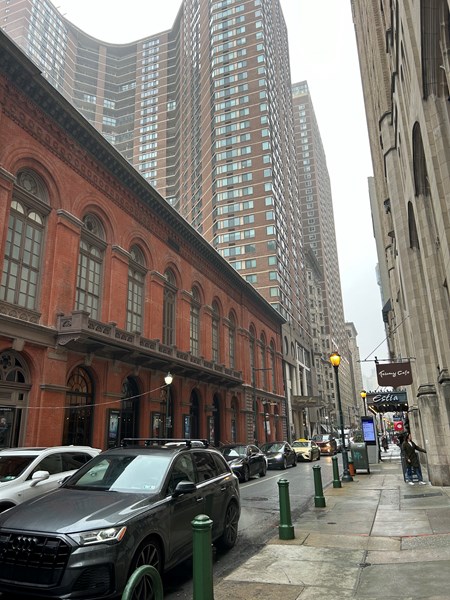
“I have completely turned around my perspective on microschooling,” said Moore, whose daughter was part of Revolution School’s founding class. Moore acknowledges that many businesspeople are disconnected from K-12 education while also heavily focused on scalability. “Microschools can scale, just scale small,” added Moore.
The good news is that more businesspeople like Moore, as well as employers, are recognizing the value of small, personalized schools and similar learning spaces and are exploring ways to bring microschools into their office buildings. “Increasingly, we're seeing employers and other organizations realize that they can bring important value for the families of their employees and communities serving as the host partner in partnership microschooling arrangements,” said Don Soifer, CEO of the National Microschooling Center, which supports microschools across the U.S. and works with employers to create partnerships with microschool founders. “Whether they provide facility space, financial resources or even staffing support, these partnerships can support deeper relationships with the families most important to them, while also helping parents become more active partners in their children's schooling trajectories.”
More than 50 years after the Parkway Program made headlines, Philadelphia is again showing what is possible when we reimagine education beyond a conventional classroom while cultivating strong community partnerships.
This article was republished with permission from Forbes.com.
